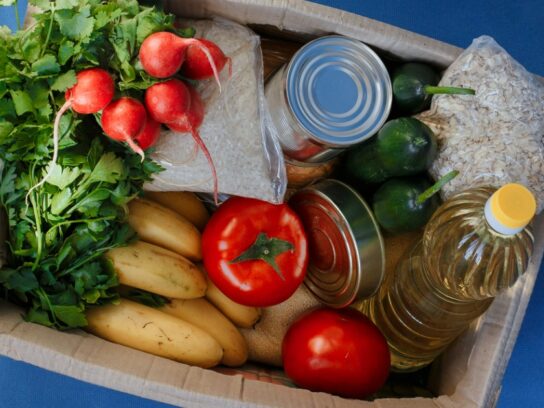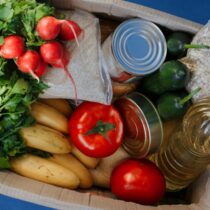
Food insecurity in the Washington, D.C., region continues to rise.
According to the newly released 2025 Hunger Report by Capital Area Food Bank, 35% of Montgomery County residents are dealing with food insecurity. In the larger D.C. area, that rate is 36%.
“Food security remains elevated,” said Sabrina Tadele, senior director of strategic initiatives at Capital Area Food Bank. She added that the most severe form of food insecurity, in which people miss multiple meals, affects 820,000 in the region.
African-American and Hispanic people, and those with children are most likely to be food insecure, she said. Many of those who wonder where their next meal will come from hold two jobs.
The numbers are only going to increase, Tadele said Wednesday during a Metropolitan Washington Council of Governments meeting.
Federal SNAP benefits have been cut by an average of $187 a month for 50,000 area families, according to Hillary Salmon, senior director of marketing and communications at Capital Area Food Bank.
“This is an almost 40 meals gone from the table per month.” Medicaid also is being cut, she noted.
Both Mayors Talisha Searcy of Takoma Park and Monique Ashton of Rockville said they have noticed that their residents are already experiencing additional problems due to federal cutbacks that trickle down to small businesses and other industries.
“There may be more people who need help,” Ashton said.
Council of Government members discussed ways to help people obtain new jobs, especially up-skilled ones. Often, people who have hard times paying for food, rent and other supplies don’t have the money or time to cover the costs of training for new jobs.
According to the Hunger Report, the regional health problem “is significant and deepening. Food insecurity, which rose starkly last year, has remained at persistently high levels over the last 12 months. Moreover, the issue is worsening in its severity: for the third year in a row, the number of people who are experiencing very low food security has risen. Among these are many members of the federal and contractor workforce whose employment has been impacted by recent cuts.”

